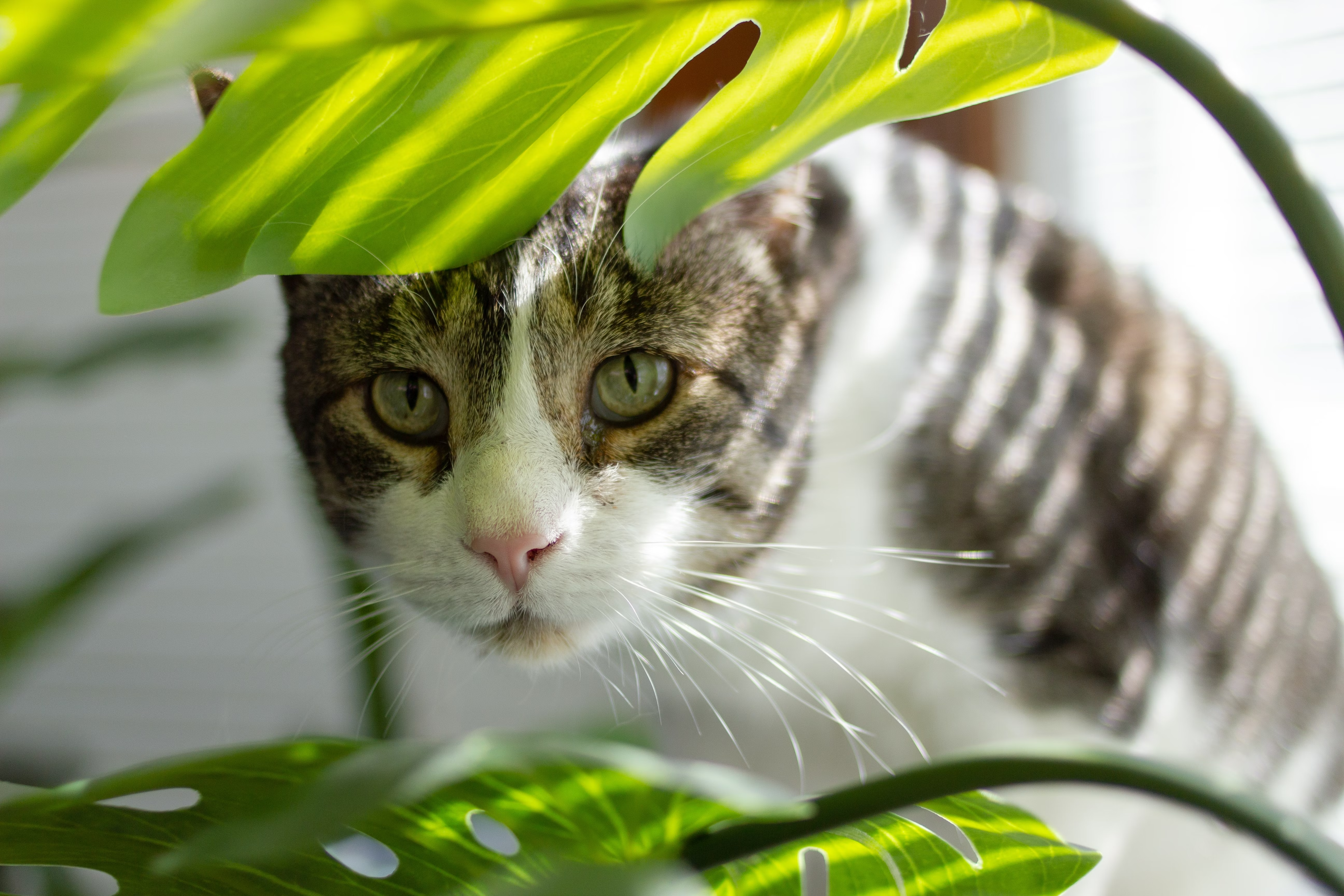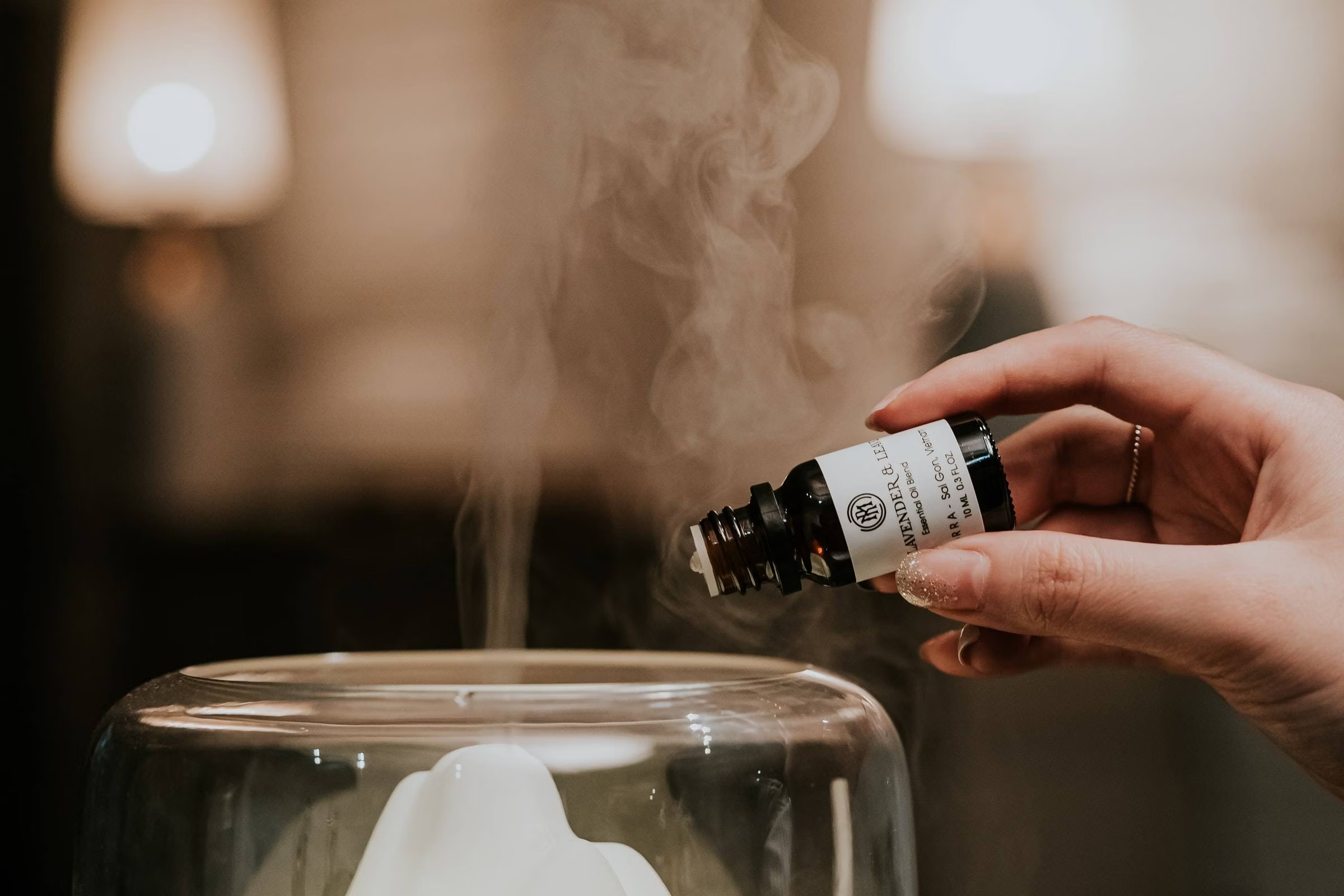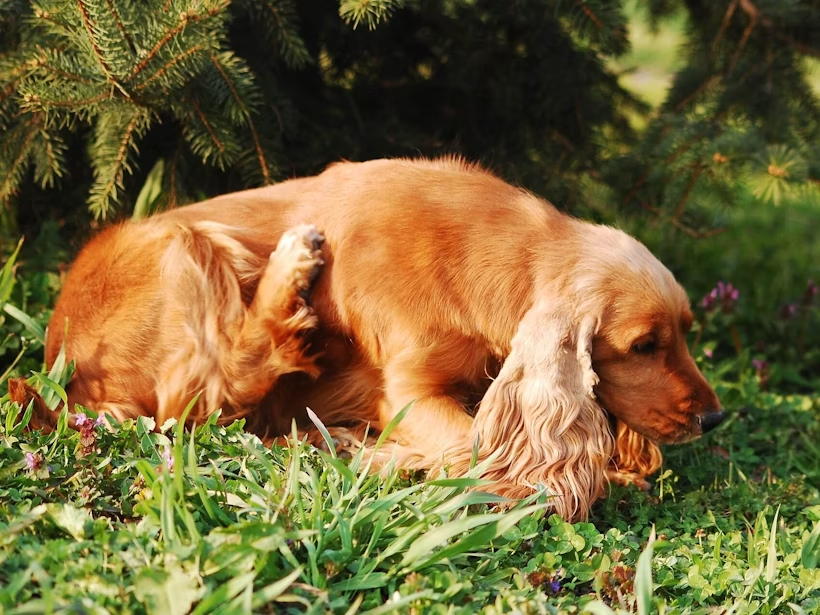When you hear the word "Spring," your mind probably leaps to images of lush greenery and colorful flower beds. It’s the perfect time of year to plant a garden, landscape your yard, or fill your house with potted plants and flower vases. But, from sun and water requirements to ease-of-care and hardiness, there’s a lot to consider when choosing the right flowers and plants for your home and yard. And if you have a dog or cat, there’s another critical question: are the plants you want safe for pets? So before you head to the nursery, make sure the plants or flowers you’re planning to buy aren’t hazardous to your furry friends.
Flowers and plants to avoid
Some common plants and flowers that are particularly toxic to dogs and cats are:
Lilies
There are many types of lilies, and the degree of risk they post varies. For example, Peace, Peruvian, and Calla lilies (which are not true lilies) can cause minor to moderate symptoms in dogs and cats. On the other hand, true lilies, such as Easter, Tiger, and Japanese Show lilies, are extremely dangerous to cats. Even ingesting a very small amount of a true lily can prove fatal to cats.
Sago Palm
Sago Palms grow outdoors in warm climates and are also very popular house plants. However, this plant is highly toxic to dogs and cats, so you should rule it out as an option for your home or yard.
Azalea
All parts of the Azalea plant are considered poisonous to both dogs and cats. And it just takes nibbling on a few leaves to cause issues, so best to cross these off of your Spring garden plan.
Crocus
There are two types of Crocus plants. Both are considered toxic to pets, but Autumn Crocus can cause the most severe health issues.
Dieffenbachia
Dieffenbachia is a common houseplant that, while rarely fatal, can cause intense burning or irritation to your dog or cat’s mouth if they chew on the leaves.
Tulips
Tulips are toxic to both dogs and cats. However, because the greatest concentration of the toxic principle is in the flower bulb, dogs are most at risk, as they are more likely to dig in the garden and chew or swallow the bulbs.
Daffodils
Like tulips, the bulb is the most toxic part of a daffodil. But even just ingesting the leaves or flowers can result in stomach issues such as diarrhea, vomiting, or pain.

These are some of the more common harmful plants and flowers, but they aren’t the only ones. It’s always a good idea to do a little research before bringing any plant into your home or yard. A great resource for this is the Pet Poison Helpline. They have a comprehensive online database of plants (as well as foods, medications, and household items) that are toxic to pets.
Beware of fertilizers
In addition to individual plants, the products you use on or around your plants can also be harmful. Cocoa mulch, for example, is a popular product that’s poisonous (and tempting) to dogs. Be sure to read product packages carefully to ensure the ingredients are safe for pets before you spread them around your garden. If you must use a toxic pesticide, make sure to keep your pets away from the area long enough for the harmful properties to dissipate. And keep all products locked up in a shed and away from pets when not in use.
Pet-safe flowers and plants
Don’t worry. There are plenty of safe plants that you can use to liven up your home and yard. A few popular ones to choose from are:
- Rattlesnake plants
- Spider Plants
- Money Tree
- Parlor Palms
- African Violets
- Orchids
- Venus Flytraps
- Basil, Thyme, and Rosemary
Now, just because the above plants are considered non-toxic, does not mean it’s a good idea for your pets to treat them like a snack. If they chew or ingest enough of it, they may get an upset tummy—and no one in the house likes that.
With a little bit of research, you can fill your home and yard with flowers and plants and keep your pets safe at the same time. And when you do, Spring will have officially sprung!















